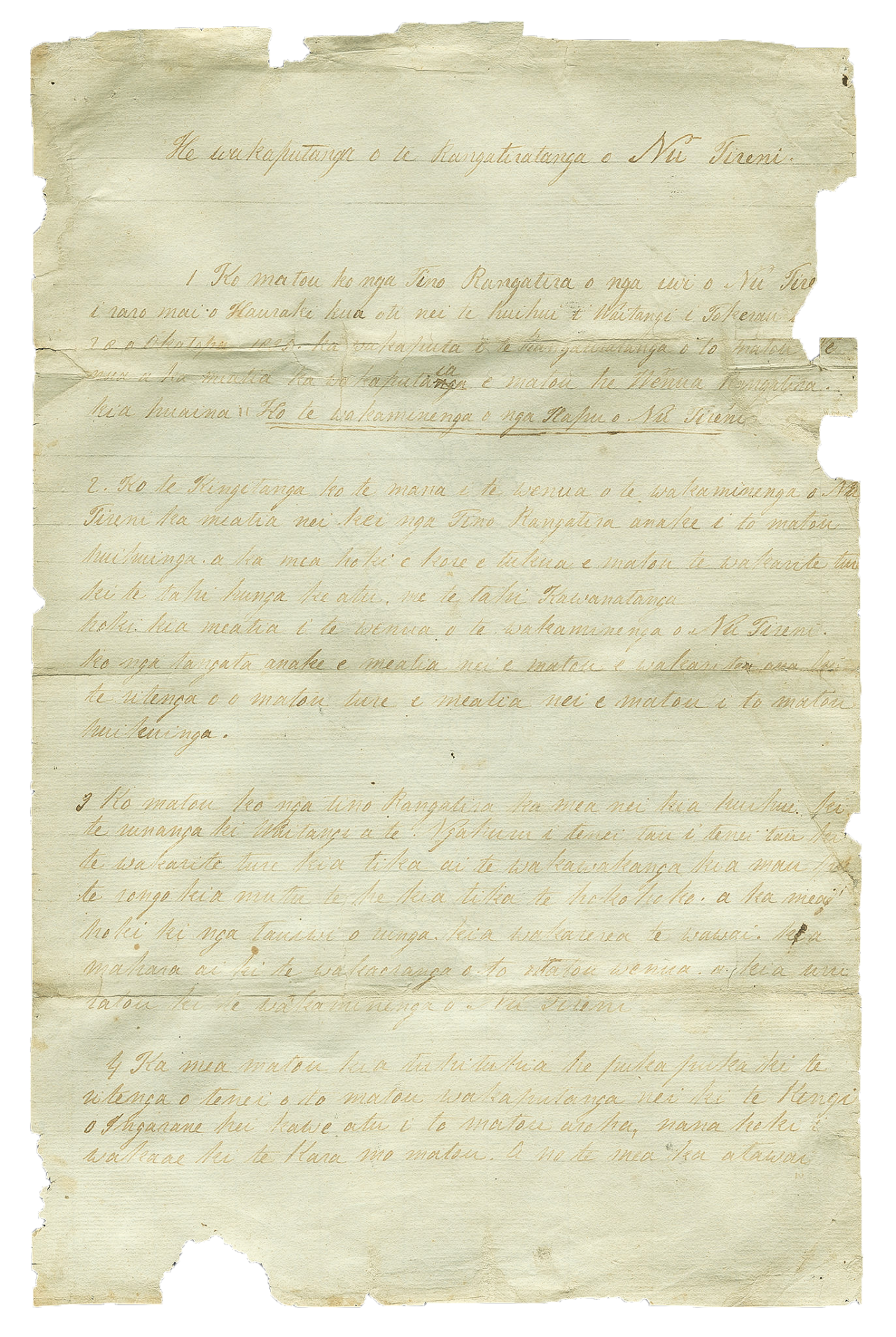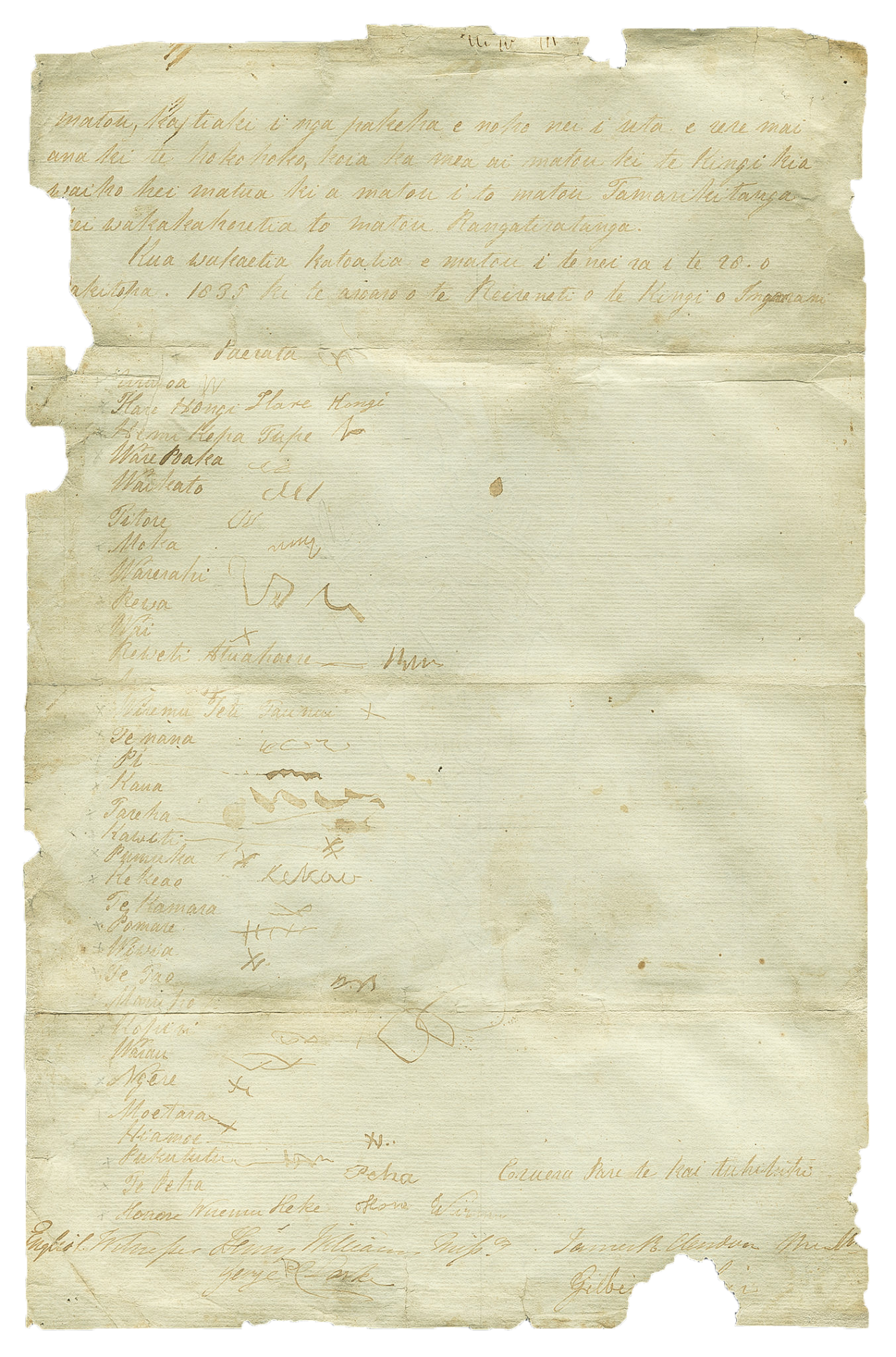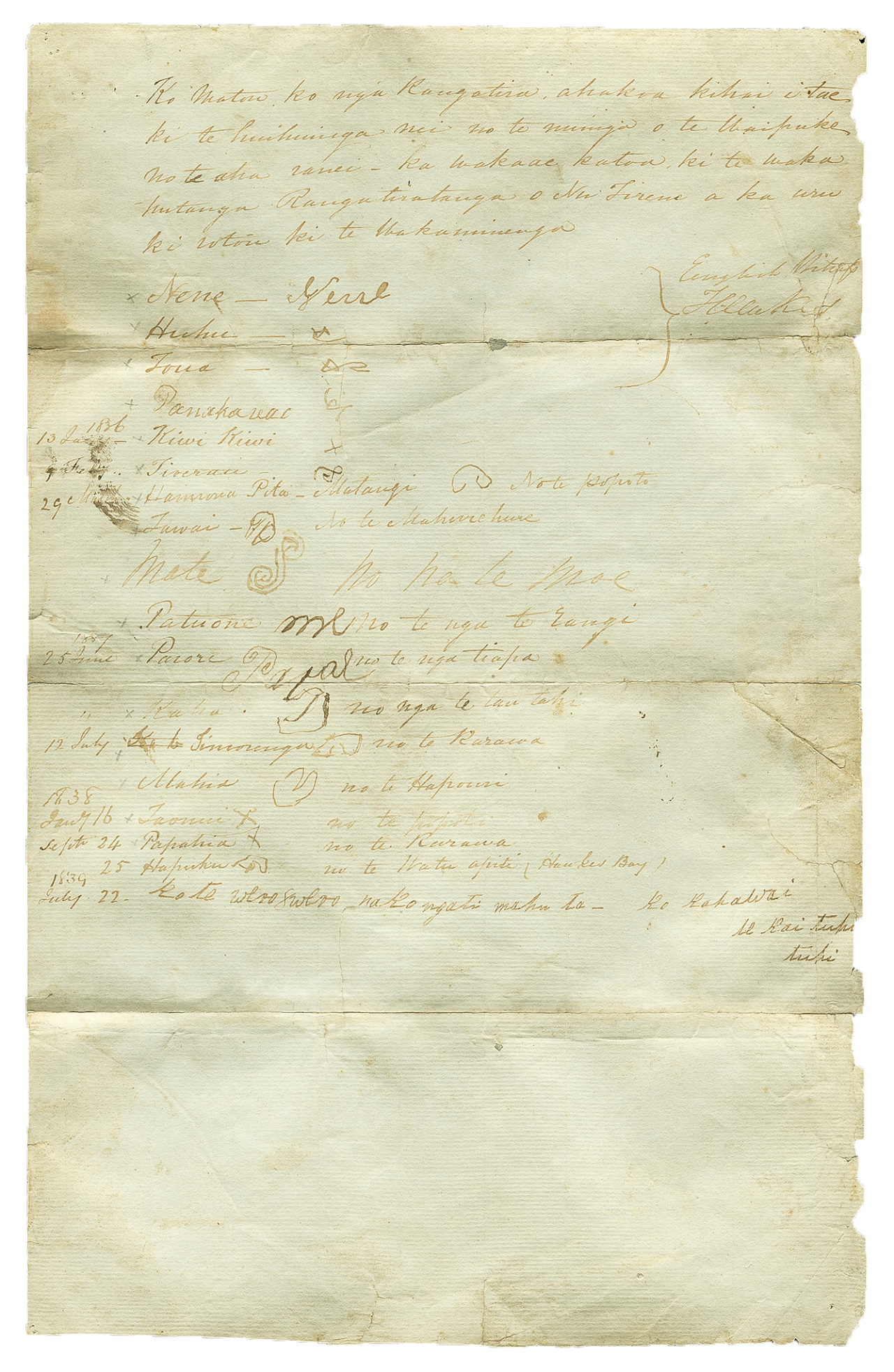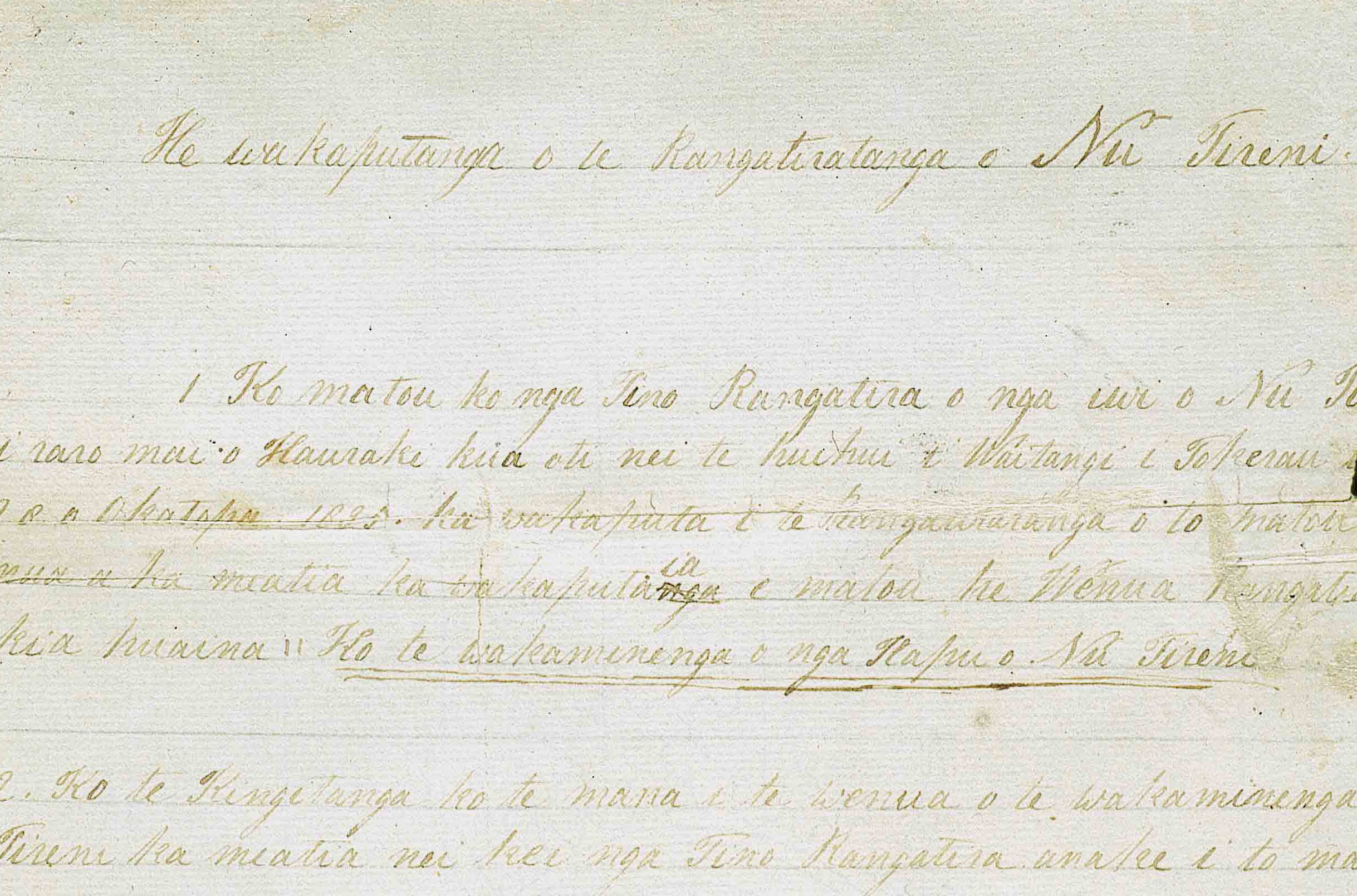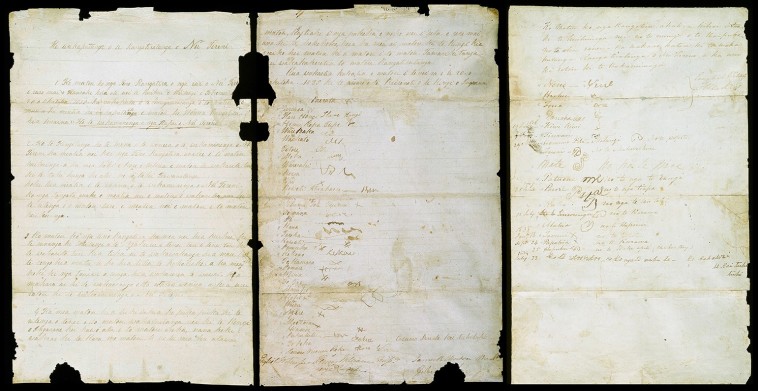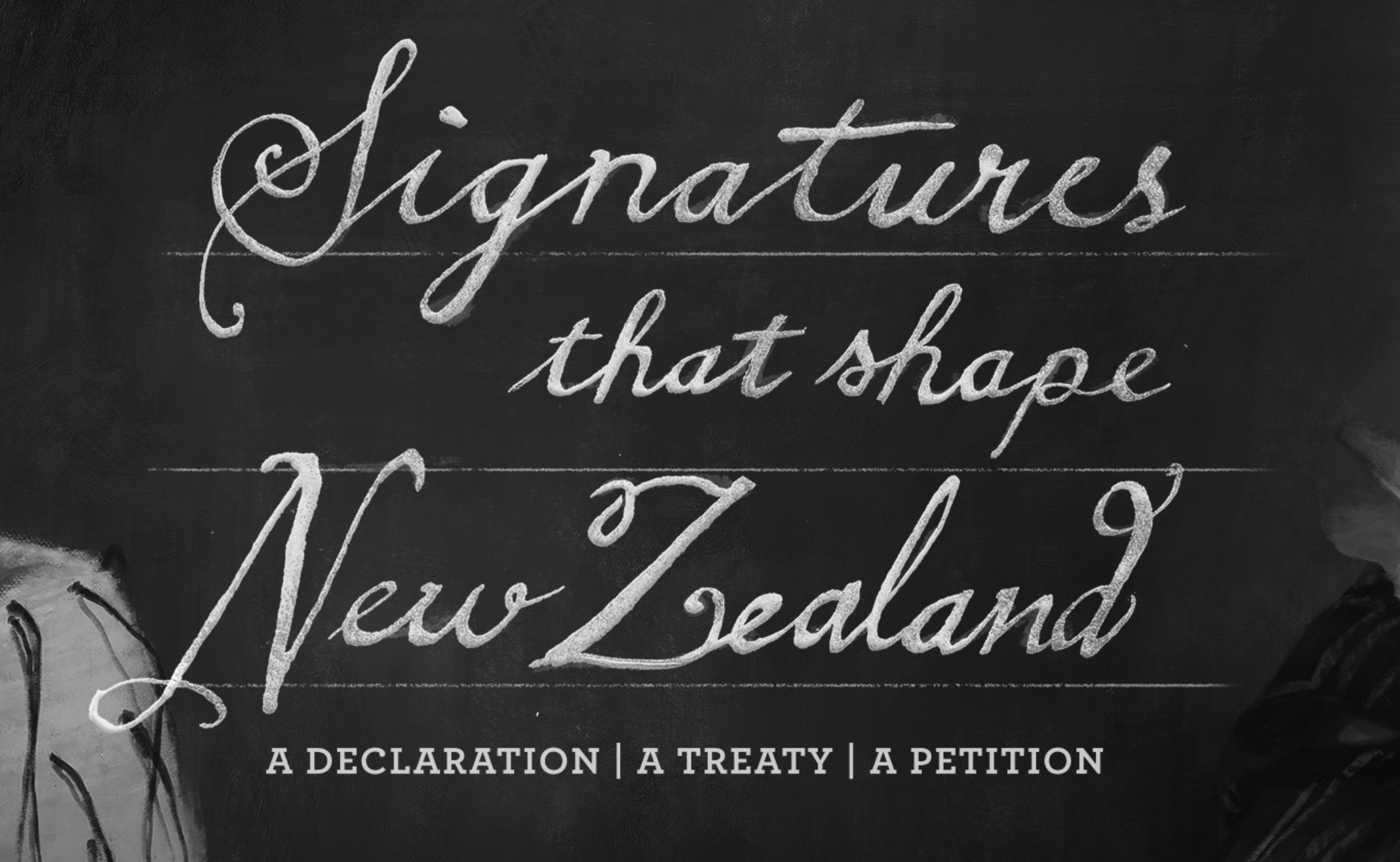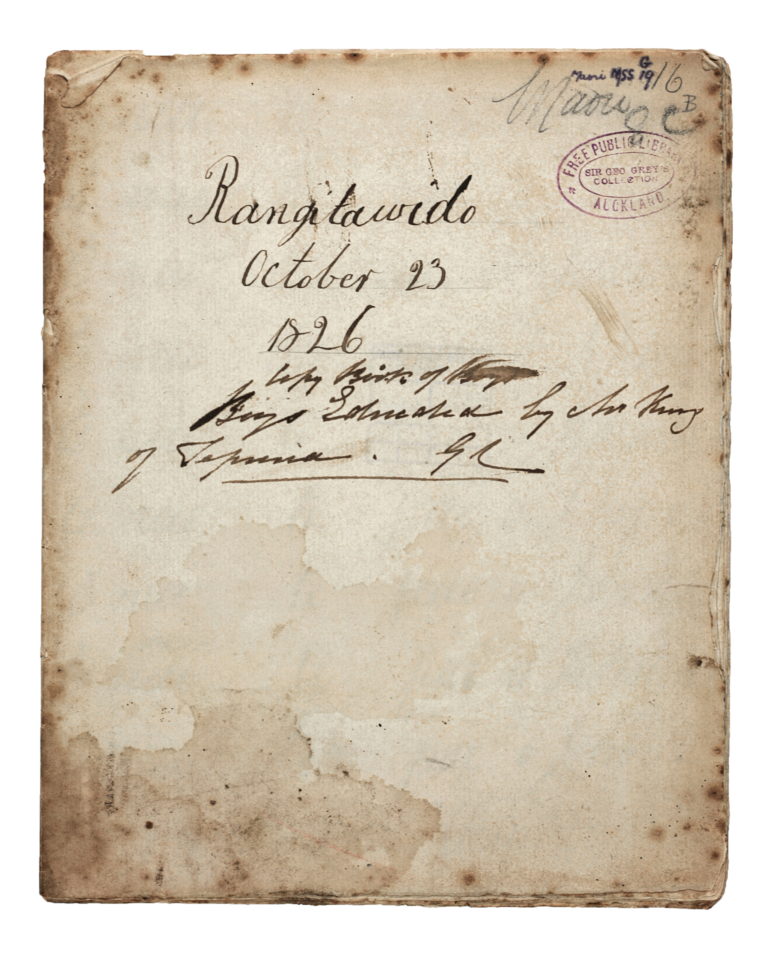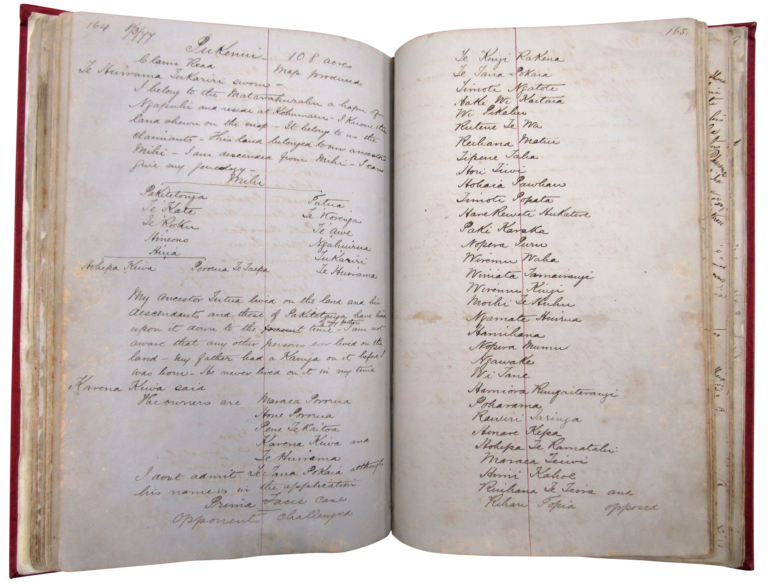16
He Whakaputanga o te Rangatiratanga o Nu Tireni
The Declaration of Independence of the United Tribes of New Zealand
2015
He Whakaputanga o te Rangatiratanga o Nu Tireni is an international declaration and constitutional document of the 1830s that signalled the emergence of Māori authority on the world stage.
First signed by thirty-four Northern Māori rangatira (chiefs) on 28 October 1835, He Whakaputanga o te Rangatiratanga o Nu Tireni collected a further eighteen signatures by 1839. Through He Whakaputanga, these fifty-two rangatira asserted that mana (authority) and sovereign power in New Zealand resided fully with Māori and that foreigners would not be allowed to make laws. He Whakaputanga o te Rangatiratanga o Nu Tireni was (and is) an international declaration of Māori systems of law and governance which hoped to regulate their relationship with foreigners. It was an important step in the conversation between Māori and the Crown which continues to this day.
Officially recognized by the United Kingdom and acknowledged by France and the United States, it signalled the emergence of Māori authority on the world stage. It represented a development in Māori nationhood and identity, while reaffirming tikanga Māori and sites of power that had existed for centuries. The document personifies a pivotal moment for Northern Māori, and the history of New Zealand.
Archive Location

